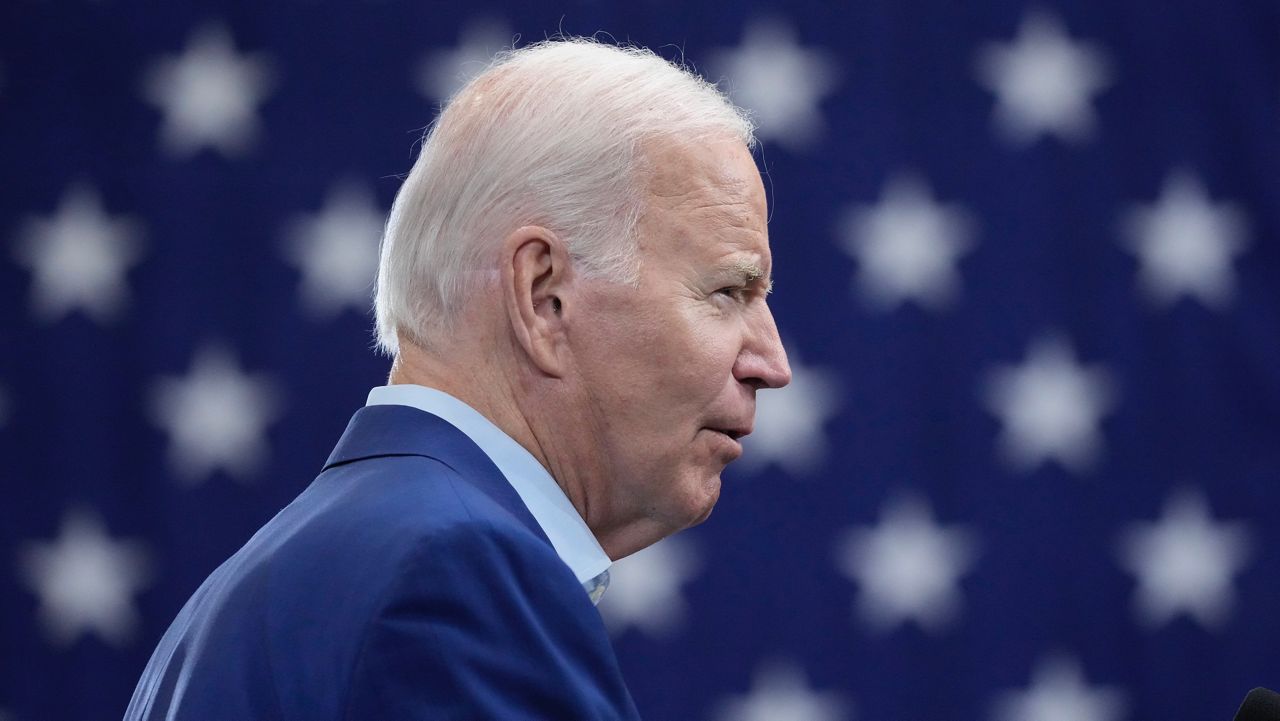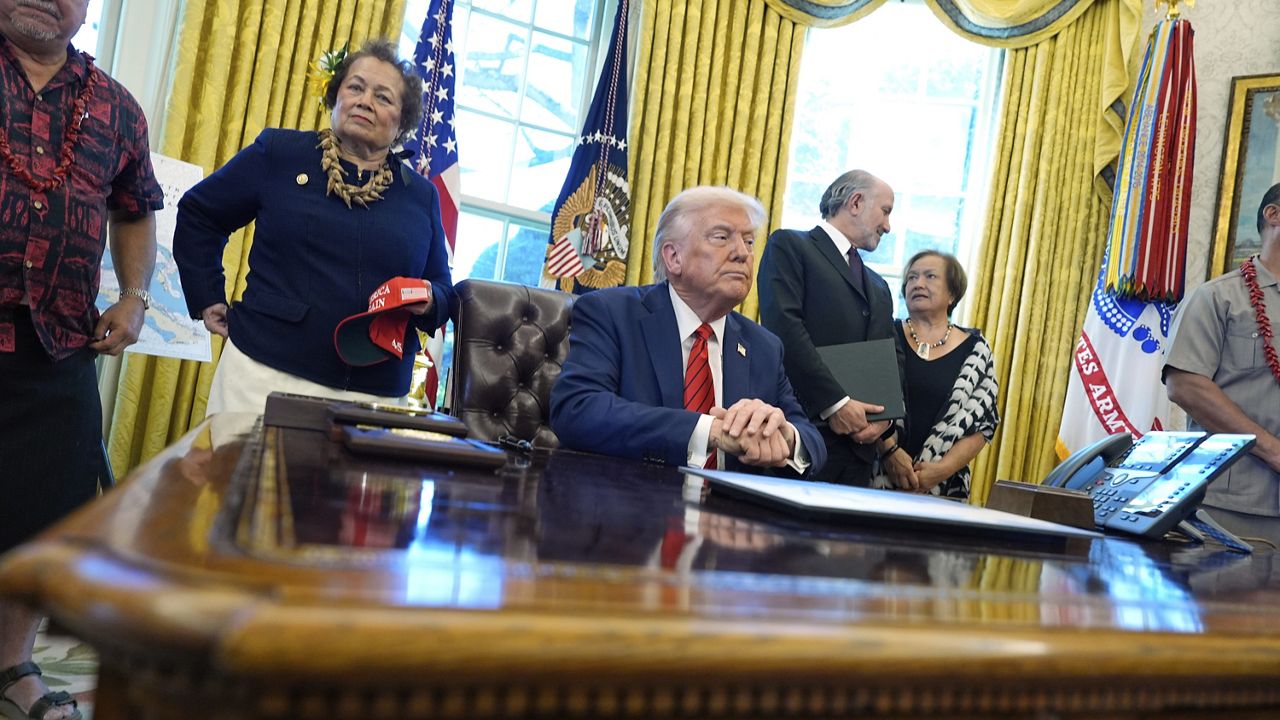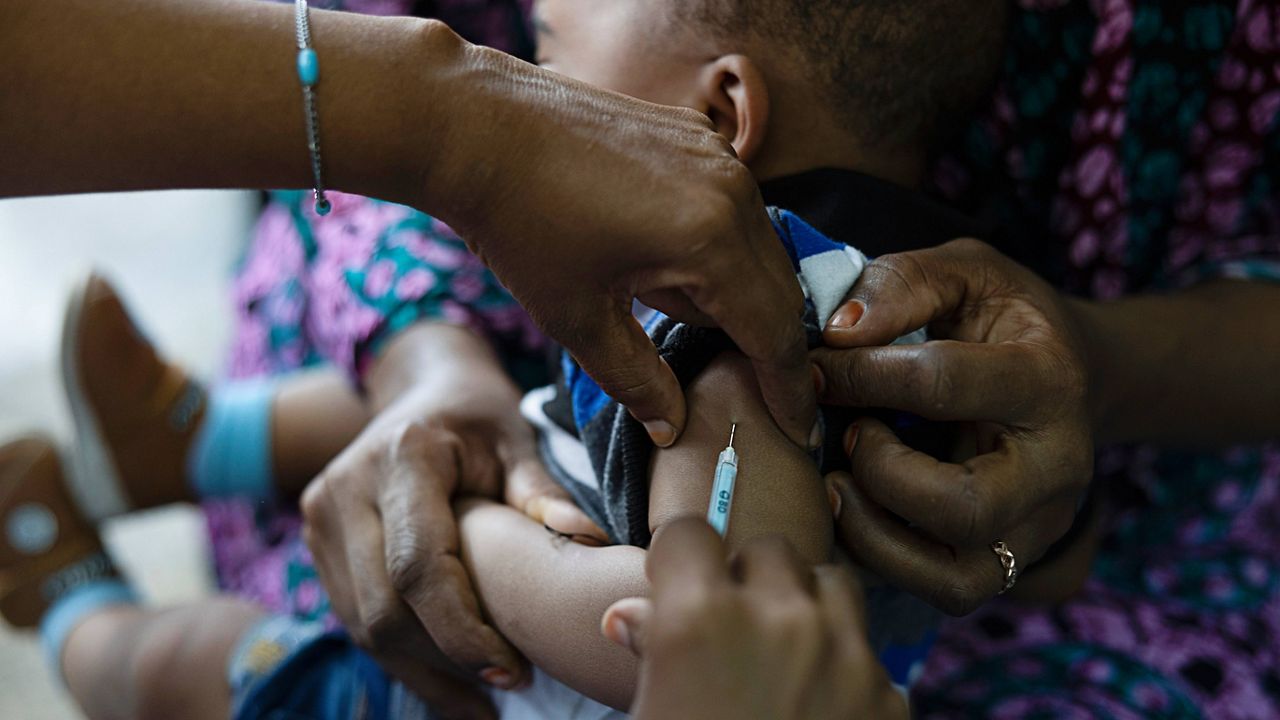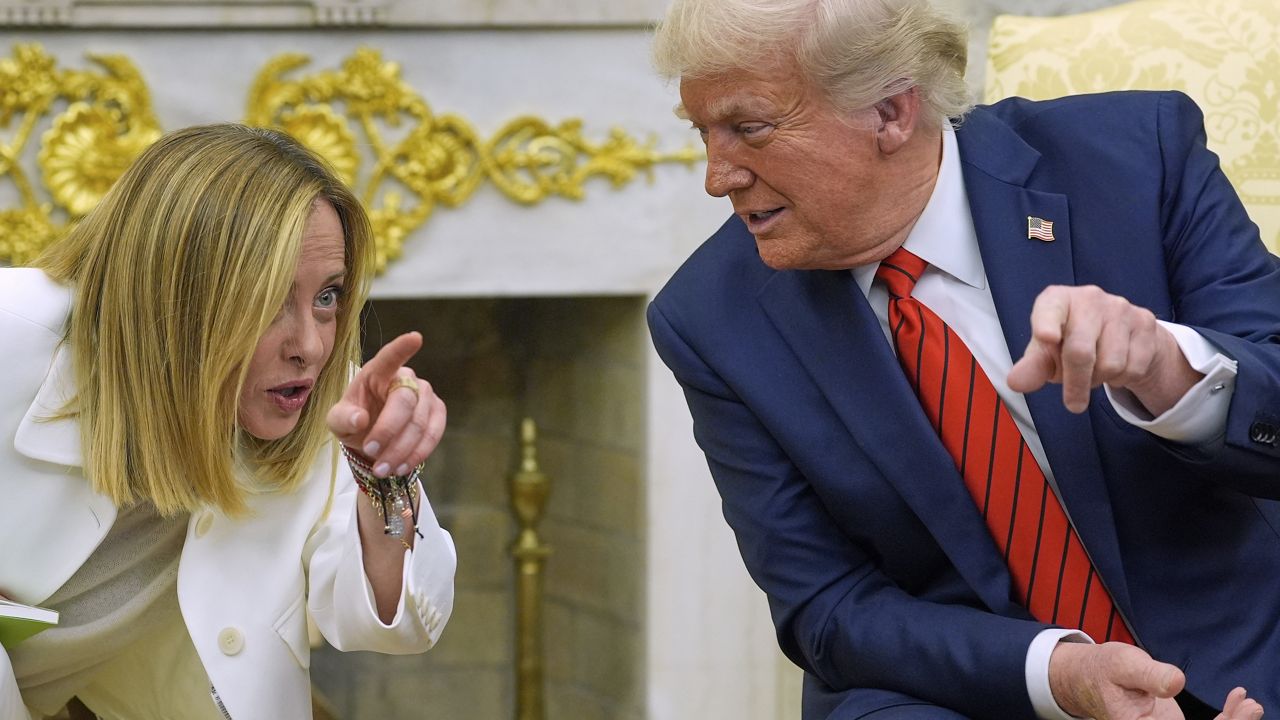President Joe Biden this week is on a three-state swing across the West, marking the anniversaries of some of his biggest legislative wins and hoping to convince the public that the policies they enacted are working.
It comes amid weeks of outreach from White House officials, who have been traveling the country seeking to do the same thing: pitch the American people on Biden’s agenda in the face of polls showing skepticism.
The latest New York Times and Siena College poll showed 49% of respondents rated economic conditions as poor.
A Washington Post-University of Maryland poll found seven in 10 Americans have heard little or nothing about what Biden considers one of his signature legislative successes: the Inflation Reduction Act, which is one of the packages he is on the road touting.
And overall, the Times and Siena College poll conducted in July, pegged Biden’s approval rating at 39%.
All of this is against the backdrop of the 2024 presidential election — now just 15 months away — in which the Democratic president is seeking another four years in the White House.
When he first took office in Jan. 2021, Gallup recorded Biden’s approval rating at 57%. In recent months, multiple polls have shown it hovering around the high 30s to low 40s.
But how does that compare to previous incumbent presidents seeking reelection and what could it mean for Biden’s 2024 bid?
Looking at this same time in the first terms of Biden’s recent predecessors, Gallup recorded former President Donald Trump’s approval rating average in July 2019 as 43%. Former President Barack Obama’s rating was at 44% in July 2011 and former President George W. Bush came in at an average of 60% in July 2003 — less than two years after the Sept. 11, 2001, terror attacks, which largely unified the country.
By mid-September of 2020, Trump’s rating was at 46%. It dipped to 43% at the end of September and beginning of October. By the end of the month, just ahead of the Nov. 3, 2020, election — which Trump lost to Biden — Gallup recorded his rating at 46%
Obama’s approval rating, according to Gallup, was at 49% in mid-September 2012 — before growing to 52% just ahead of the 2012 presidential contest in which he won re-election.
Bush’s rating had dropped to 52% by mid-September 2004 and stayed around the 48% to 51% range just before his successful reelection.
“The rule of thumb tends to be that if a president is doing reasonably well, around 50%, in the months before reelection, then that President has a pretty good chance of winning,” W. Joseph Campbell, professor of communication at American University in Washington, D.C., told Spectrum News.
While Campbell acknowledged the 50% range is ideal — both Obama and Bush hovered there before winning their reelection races — he, along with George Washington University political science professor Dr. Danny Hayes, both dispute the idea there is any kind of “magic threshold” that a candidate needs to meet in order to win a second term.
“I don't think there's any evidence that there is some magic number that a president needs to hit,” Dr. Hayes said.
But historically, he noted, a president’s approval rating tends to tick up as he hits the road, campaigning for another term.
“Typically, what happens is that over the course of the campaign, as the president reminds his own voters and the public in general what he's done, then that seems to increase his approval rating,” he said.
Amid the incumbent president’s re-election bid, top administration officials have fanned out across the country, conducting multiple official “Investing in America” tours – with the first one starting before he officially announced his candidacy.
Since declaring his bid, Biden and his team have specifically honed in on the economy, launching a full-force messaging campaign under the name “Bidenomics” and pointing to positive economic indicators.
“Historically, there's a strong relationship between economic performance and presidential election outcomes in the last year before a presidential election,” Hayes said.
“If you look at polls now, you can see that most Americans think the economy is not doing very well, even as a lot of objective indicators over the last six months suggest that the economy is improving,” he said, adding those polls are one way to explain why Biden’s overall rating is “relatively low at this point.”
Campbell also made the argument that in past presidential reelection bids, foreign affairs has come into play with approval figures.
“These numbers can be driven by any kind of different variables, sometimes it's the economy, sometimes it's international issues,” Campbell said.
He pointed out that directly following the end of the Persian Gulf War, former President George H.W. Bush’s approval rating soared — Gallup recorded it at 89%, and a Washington Post-ABC News poll had it as high as 90%.
“Those numbers were so powerful that they tended to discourage some potential Democratic rivals from contesting or from seeking the Democratic nomination,” he said.
Campbell noted, however, that those high ratings fell substantially amid the impact of a recession in the early 1990s and Bush ended up losing his bid to former President Bill Clinton.
“It's an example, I think, of how these numbers can be a bit prone to fluctuations, and it can be driven by external events, such as a successful prosecution of a war, or the effects of a pretty nasty, short recession,” Campbell said.
Hayes made the point that this particular election, as it appears to stand now, could have a “different dynamic” than historical races if the Republican nominee is Trump.
“The typical strategy for presidents is to sort of try to ignore their challenger and talk about their [own] accomplishments,” he said. “But in this case, ignoring the challenger is going to be impossible. And in fact, talking about the challenger might be the best strategy that a Biden campaign has if that challenger comes out to be Trump.”
As of now, Biden is significantly leading his Democratic primary challengers in polls and Trump is significantly leading in the crowded Republican field. But when it comes to Biden vs. Trump in a general election, the Times and Siena College poll found the two in a dead heat at 43% apiece.
Hayes says the political polarization in the country in recent years also has a significant impact on a president’s favorability rating, keeping a president from ever reaching certain figures.
“As has been the case for the last few presidencies, presidents just don't have high approval ratings for very long anymore and part of that is just about partisanship and polarization,” Hayes said. “When you have a situation in the country like we have now, where roughly half of the country is almost automatically hostile to the president because he doesn't share their party affiliation, that means that there's a ceiling on how high a president's approval ratings are ever going to go.”
That polarization, according to Hayes, even spills into issues that typically have a significant impact on a president’s public approval rating during a reelection bid — such as the economy.
“Even those perceptions of the economy are so polarized, that Republicans and Democrats may look at the same information about the economy, and come to dramatically different conclusions about whether that means Biden is doing a good job or not."
Campbell argues the country has had “a pretty divided electorate for quite a long time,” noting he believes President Clinton’s impeachment “set the tone for political relations for years to follow.”







)
